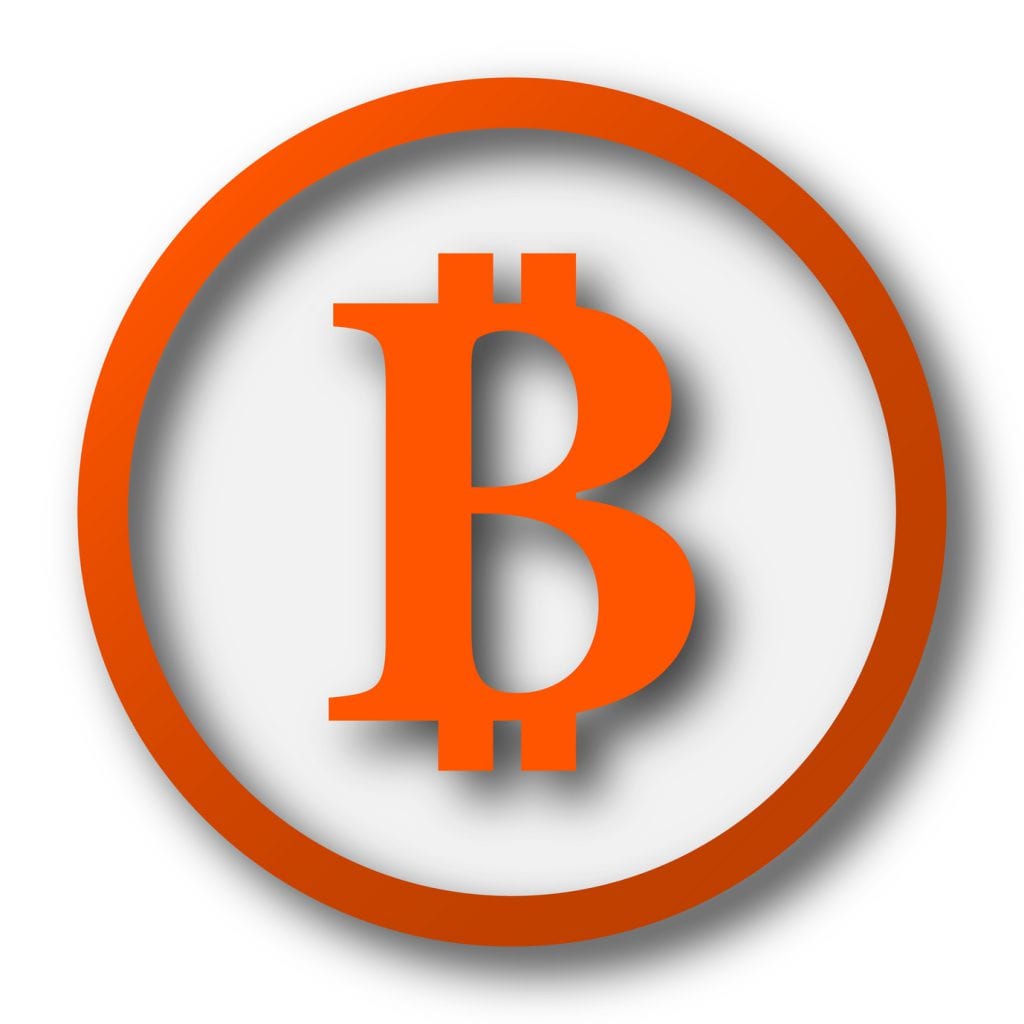The recent spate of legislation aimed atgiving merchants more control over their cost of payment acceptancehas resulted in consumers being asked to pay more explicit fees forusing their electronic payment cards. Whether it’s being surchargedfor credit card transactions in Australia, paying fees for onlinedebit card travel payments in the UK, or spending extra to usetheir debit card in the U.S., it’s no surprise that lost revenuefrom one source has to be made up by another. In the United States,this transition is taking place right now. But, it’s going to be awhile before consumers begin to aggressively push back on new feestructures; unless they take a cue from their overseas neighbors.In this case, we examine the use of merchant surcharges for cardpayments in countries other than the U.S. (where this practice isnot allowed).
For example, in Australia, the Reserve Bank of Australia (RBA) has been soliciting comments fromthe public regarding the use of credit card surcharges. Theidea behind allowing these fees was to give merchants theopportunity to recoup their cost of payment acceptance. However,with no other control in place, these fees soon began to rise andas a result, credit card use began to decline. Now, the RBA isconsidering a cap on these fees in order to help merchantsdiscipline their surcharge practices.
In the UK, regulators estimate that consumers have paid ~300M pounds in debitcard surcharges to the airlines since 2010. Not surprisingly,consumer groups are beginning to put pressure on UK regulators tobetter control these practices. These situations are an example ofhow a free market generally works which is something like this: Thepractice of making money will not be interrupted until appropriatebarriers are put into place.
Therefore, merchants who are able to charge extra fees for using aspecific form of payment will do so. Further, they will charge afee amount that may not have a direct value relationship to theconsumer (i.e., extra security, convenience, enhanced services),since profit-making companies are most interested in increasingtheir profits. We’re not economists, but these dynamics seem nottoo difficult to figure out.
Protecting and growing the electronic payments industry shouldn’tbe an us against them debate. It is the consumer who stands at theheart of every transaction, but today is also in the cross-hairs ofthe battle for control. Let’s not kill the chicken to get someeggs.
